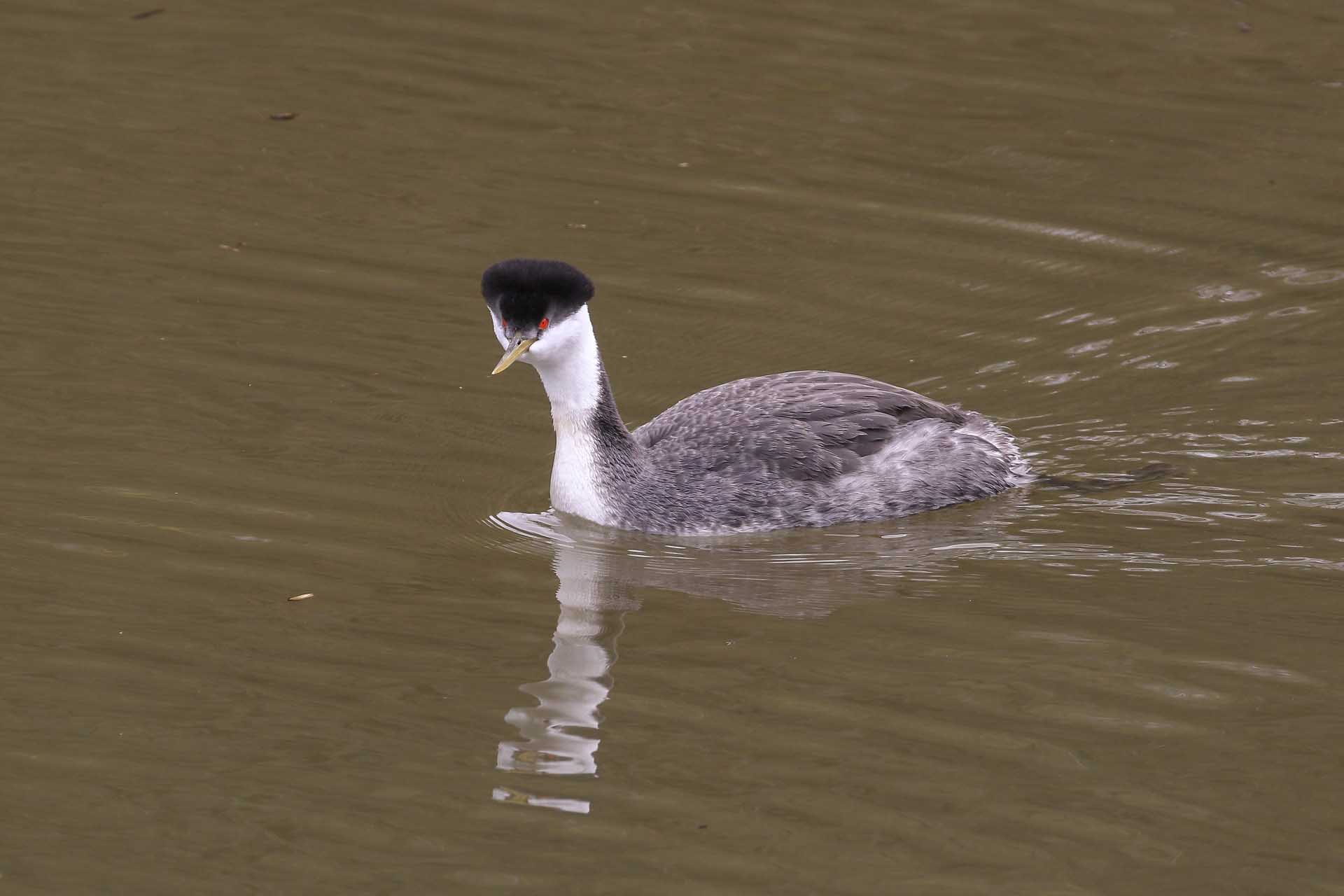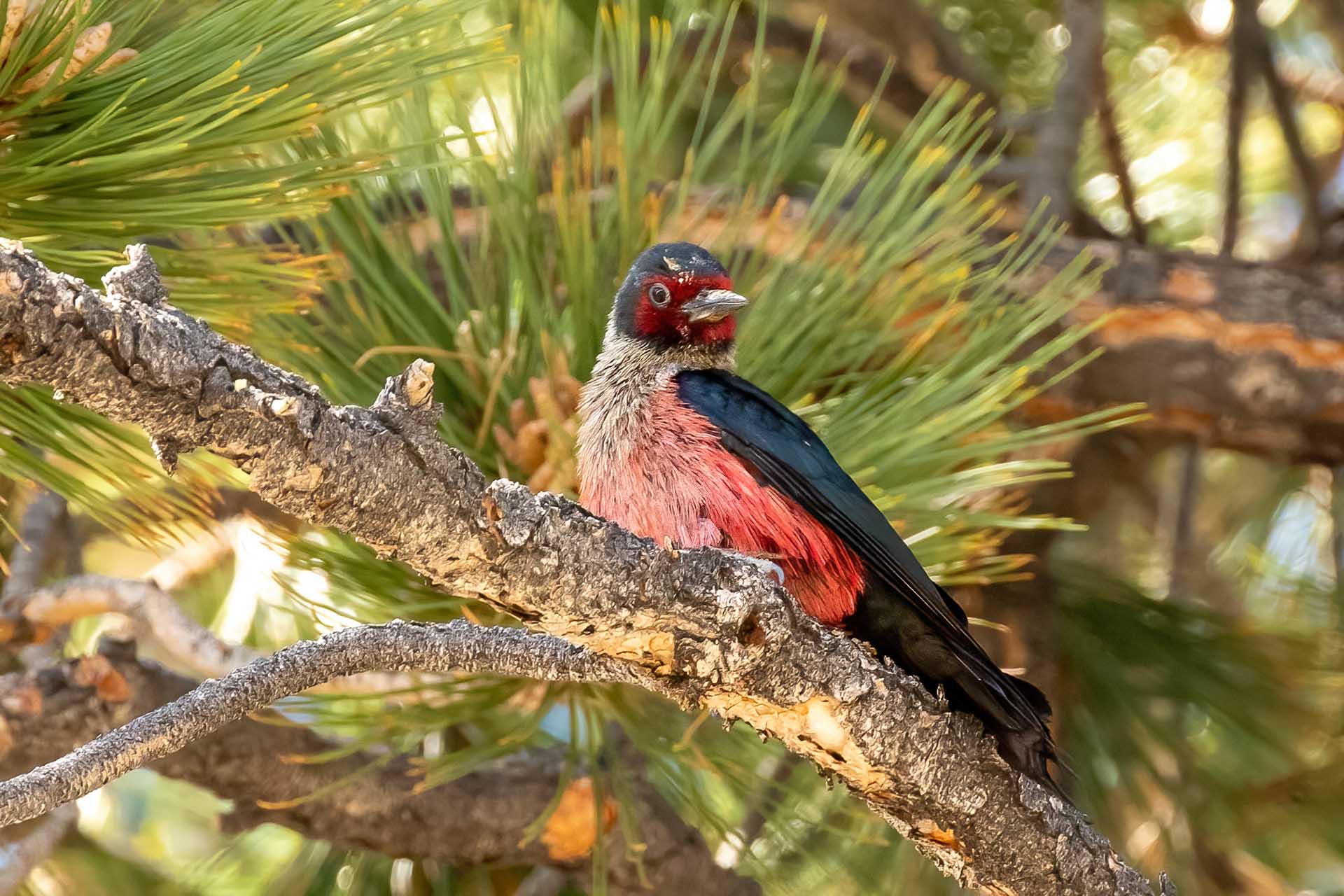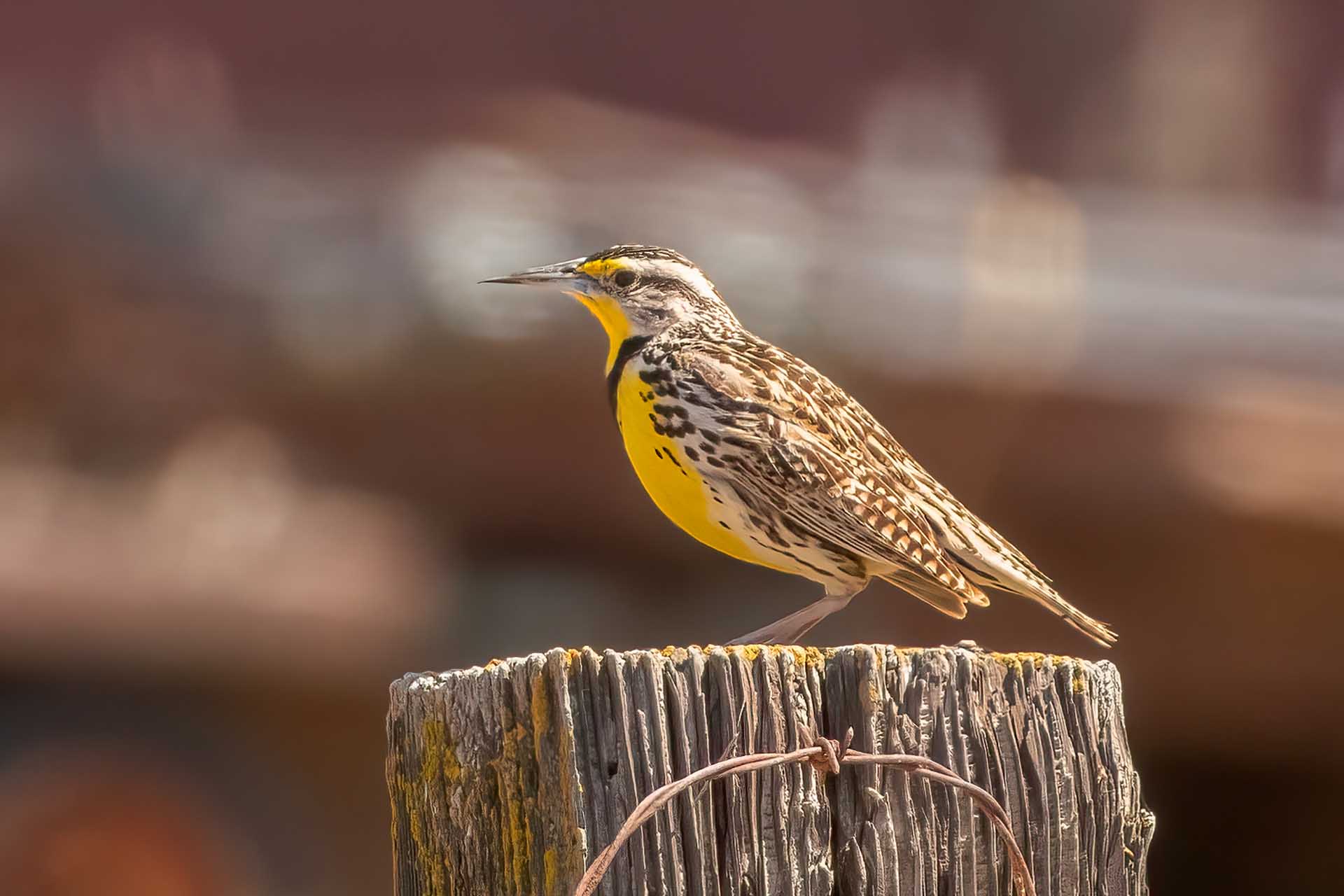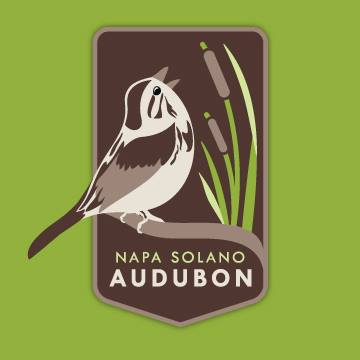Lake Berryessa
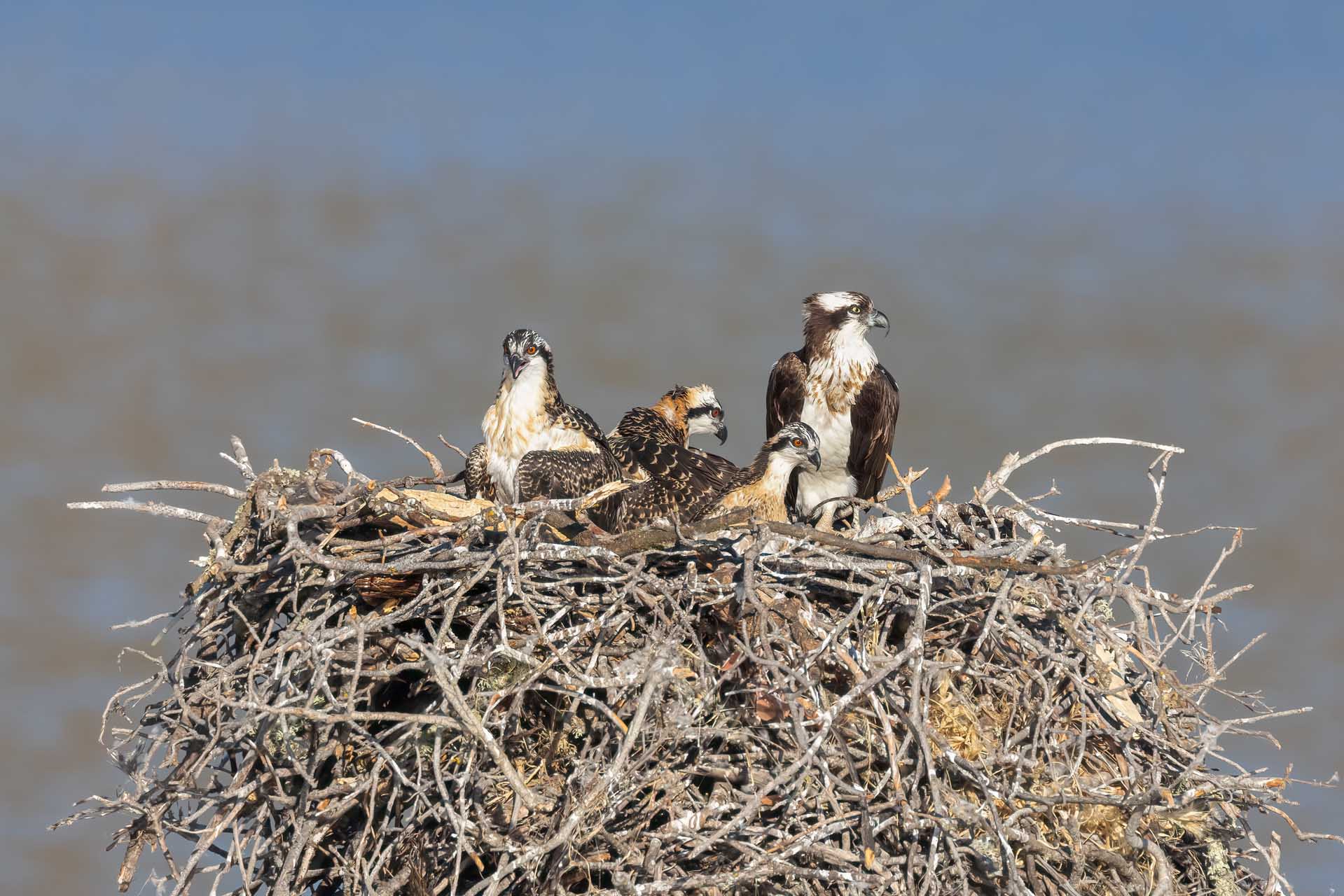
Lake Berryessa is the largest lake in Napa County and is approximately 16 miles long by 3 miles wide. This reservoir, which is located Northeast of Napa and due East of Angwin and Pope Valley in the Vaca Mountains, was formed following the construction of the Monticello Dam on Putah Creek in the 1950s. Since the early 1960s, this reservoir has provided water and hydroelectricity to the North Bay region of the San Francisco Bay Area and is a great location for waterbirds, migrants and winter residents. There are many access points to Lake Berryessa as well as a number of hiking trails in the Napa Open Space areas surrounding the lake. Birding at the South end near Monticello Dam one can observe Canyon and Rock Wrens, White Throated Swifts and occasional Golden and Bald Eagles as well as Western and Clark’s Grebes that are year-round residents on the lake. Traveling North along the East side of the lake one can spot numerous Osprey nests on telephone poles and nesting platforms that have been erected along the way. Pope Canyon Road ends at Berryessa Knoxville Road intersection where Pope Creek enters the lake. Just North of this intersection is an elevated point and a great stop to view water birds on the lake as well as the nearby nesting Cliff Swallows. The Putah Canyon Campground often attracts migrants and one can find a variety of flycatchers and warblers at the height of migration. At the North end of the Lake is Eticuera Creek Day Use Area which is alway good to visit. Purple Martins have nested in adjacent telephone poles, Say’s Phoebes are regular winter visitors, a Northern Shrike was found here one winter, and it is a good point for spotting American White Pelicans and other water birds at this end of the lake. Continuing a short distance North to the end of the lake, Knoxville Road intersects East Lake Road which is a 7 mile dirt road that runs South along the eastern flank of the Lake. This road is a wintering location for Burrowing Owls, Western Meadowlarks, Song, Savannah and Lincoln’s Sparrows, and in some years Mountain Bluebirds and Lewis’s Woodpeckers can be found along the way. Another nearby wonderful birding location for the adventurous, best in the Spring, is to head North on the dilapidated, pothole infested Knoxville Road into Lake County. Pygmy Owls, Phainopeplas, Orange-crowned, Hermit and Townsend’s Warblers have been spotted along the road and hiking up Long Canyon or on other trails found along Knoxville Road in the Spring. During Breeding Season one can observe Lazuli Buntings, Ash-throated Flycatchers, Rufous-crowned and Bell’s Sparrows along this route especially as you head into the drier rocky hills near the Lake County border.
Common Residents and Breeding Birds:
There are often rafts of waterfowl occupying the lake. Western and Clark’s Grebes are on the lake year-round, and If you visit during the Spring and are lucky, you may be able to observe them performing their courtship dances. Canada Geese, Mallard, Bufflehead, Common Goldeneye, Common Merganser, Pied-billed Grebe, American Coot, Killdeer, Double-crested Cormorant, Great Blue Heron, Great Egret, Mourning Dove, Anna’s Hummingbird, Turkey Vulture, Osprey, Bald Eagle, Red-shouldered and Red-tailed Hawks, Acorn, Downy, Nuttall’s Woodpeckers, Black Phoebe, Marsh Wren, California Scrub-Jay, Common Raven, Tree, Violet-green and Cliff Swallows, Wrentit, White-breasted Nuthatch, Western Bluebird, Common Yellowthroat and Orange-crowned Warblers, House and Purple Finch, Lesser Goldfinch, Dark-eyed Junco, California and Spotted Towhee, Red-winged and Brewer’s Blackbirds are all possible.
Migrants: Many of our resident birds overwinter and can be found on the lake and in the riparian and wetland areas. Clark’s and Western Grebe, Osprey, Bald Eagle, Northern Harrier and Ferruginous Hawks, American Kestrel, Tree Swallow, Red-breasted Sapsucker, White-Breasted Nuthatch, Oak Titmouse, Ruby-crowned Kinglet, Song, White and Golden-Crowned Sparrows are likely to be seen. Say’s Phoebe, Fox and Lincoln’s Sparrows are normal in the winter. In some years, Lewis’s Woodpeckers can be found in the Oaks near the end of the road.
